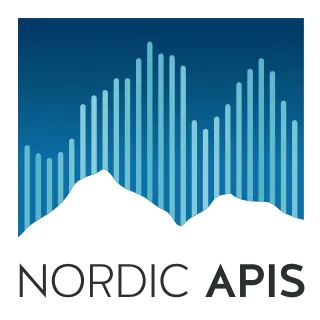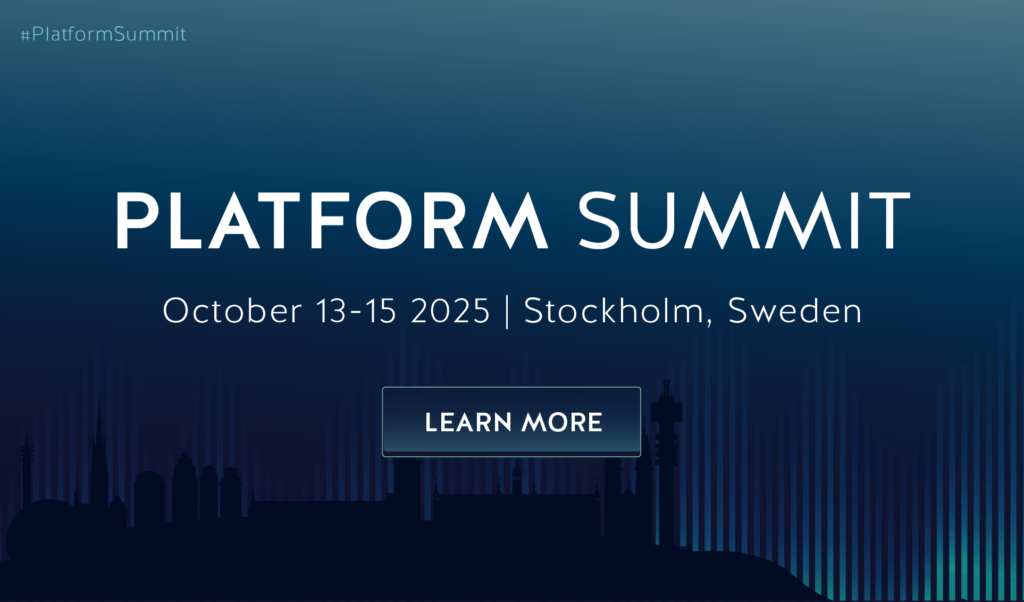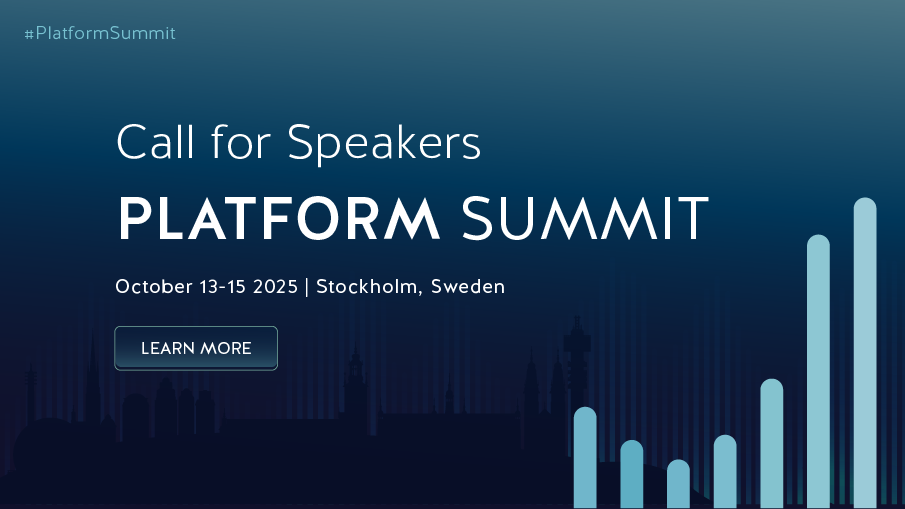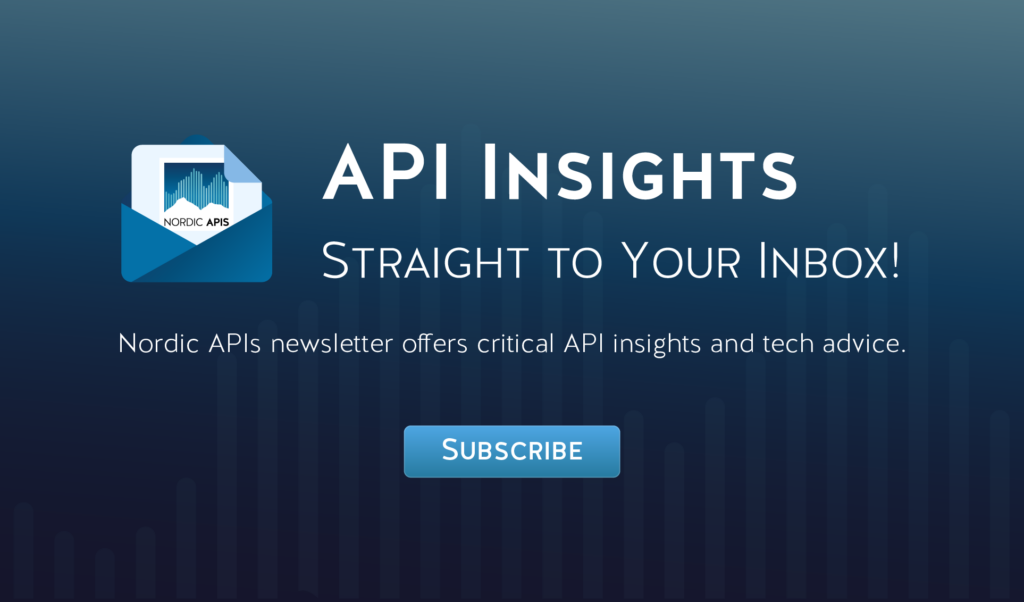There’s a lot of buzz around the concept of headless CMS in 2021. Technologists have been using traditional CMS or Content Management Systems for more than 20 years, but now, the world is changing. We live in an era where we consume information from different sources like smartphones, smart TV, desktop.
The main disadvantage of a traditional CMS is that it is not cross-platform; it can only be used as a web application. Using a conventional CMS, it’s challenging to create a mobile application since the servers wrap everything.
The headless CMS is a backend-only content management system using server-side technologies that make content accessible via a REST API. The term “headless” comes from the concept of removing the head (frontend) from the body (backend). Therefore, the headless CMS can be used to deliver content to multiple platforms. Below, we’ll go through some of the best headless CMS APIs.
DatoCMS
One of the most well-known headless CMSs on the market is DatoCMS. It is a self-hosted CMS platform that is being used by more than 25,000 companies. It provides a central hub to distribute the content to multiple platforms through its GraphQL API.
Since the API uses GraphQL, it provides a very efficient way to make API calls. DatoCMS also comes with a Visual Model Builder, which allows you to create beautiful pages using drag-and-drop elements.
Pros:
- DatoCMS is flexible and easy-to-use
- It is an API-based CMS
- It is a simple tool with tons of customization
Cons:
- It requires a bit of competency
- The new pricing structure made it hard for small businesses to buy
Flotiq
Flotiq is a headless CMS that aims to provide developers with a simple API and powerful integrations and SDKs to help them create complex systems. Separation of concerns is supported by Flotiq, which separates the data from the presentation layer, allowing you to use the data anywhere you want.
Pros:
- Easy to use
- Clear onboarding process
- Availability of SDK generators makes the development process faster and saves a lot of time
- Good user support
- Shop, Blog, Recipe starter projects available on their GitHub
Cons:
- Higher initial cost (for bigger projects)
- Lack of dark mode
Cosmic
Cosmic is an API-based content management system that enables developers and content editors to create apps quickly. It is a cloud-based solution for rapid application creation and collaborative content management.
Pros:
- Great and easy to use.
- Easy import/export
- Leveraging the Cosmic GraphQL API allows for easy updates to news and blogs
Cons:
- Webhooks are JSON only
WordPress API
WordPress API is one of the world’s most popular headless CMS options. It’s used to make blogs, business websites, landing pages, online shops, and portals with registration requirements. WordPress comes with all of the resources needed to create fully functioning eCommerce and small business websites.
Pros:
- Flexible with customization potential
- There are some good security plugins for WordPress.
- With WordPress keywords and plug-ins, SEO is much easier to achieve
Cons:
- No WYSIWYG Editor (for headless version)
- More complex maintenance
- More complex credentialing
- Lack of speed
Forestry.io
It is without a doubt that Forestry is one of the most widely used commercial Git-based CMS. It is a complete platform consisting of a single HTML file.
Forestry is designed to make uploading and updating content on static websites easier. It is ideal for a marketing team of editors and developers because of its ease of use and native Git integration. Forestry also maintains TinaCMS, an open-source headless CMS for Next.js websites.
Pros:
- No limits in terms of the amount of content or requests
- Instant preview servers available
- The installation of the Forestry is extremely simple
- Forestry’s configuration is just as simple
Cons:
- Forestry doesn’t support multiple media folders
Gentics Mesh
Another great open-source headless CMS is Gentics Mesh. It is a CMS that you can run on your server. Since Gentics Mesh is based on GraphQL, it is simple to connect to the API, decreasing the time to transform the data.
Pros:
- Easy to install and use.
- It comes with a built-in search index.
Cons:
- Lack of support
Jamstack CMS
JAMstack is another great headless CMS. ‘JAM’ in JAMstack stands for “Javascript”, “API,” and “Markup”. It’s a method of web design that allows users to create static websites with dynamic functionality. It combines many of the tools and workflows that developers admire.
Pros:
- Great developer experience
- Creating content is easy
- More security and reliability
Cons:
- Dynamic features requires more heavy lifting
- The limited ability to use real-time/user-provided data
Decap CMS
Decap CMS (formerly Netlify CMS) is an open-source content management system tool for building, deploying, serving, and managing frontend websites and mobile apps. It is aimed at more experienced users, such as web developers. You may use it with GitHub, GitLab, or Bitbucket API since it serves as a framework for the Git workflow.
Pros:
- Flexible and unlimited content types with custom fields
- It can be used with any static site generator
- It is an open-source CMS
Cons:
- Documentation can be hard to follow sometimes
- No responsive interface, no mobile app
Sanity.io
Next on our list of headless CMS is Sanity. Sanity is an extremely fast, real-time, and flexible CMS. Sanity is heavily invested in assisting developers who use the platform. In the group Slack workspace, their team is always attentive and supportive. It can be used for a lot more than just browsing the internet.
Pros:
- Highly customizable
- It offers a lot of ways of filtering
- Support helps people follow up with interest promptly
- Great query language
Cons:
- Development is more time-consuming in comparison with other services
- You have to learn the new and very specific query language (GROQ)
- Overall UI isn’t as sleek as some other options
Statamic
Statamic is another good headless CMS that gained popularity with developers back in 2012. Using Statamic, your designs, content, and resources are stored in files on your CMS, and you can version control your site closely because it uses a flat-file system.
The content editor in Statamic is simple to use and offers a wide range of options for positioning and organizing text and photographs.
Pros:
- It can work as a static site generator
- Surprising flexibility
- Great documentation
- Easy templating
Cons:
- Not as user-friendly
- The number of add-ons and themes to buy as a new user is very limited
TakeShape
TakeShape is another API-based CMS and a static site generator designed to free up developers’ time to concentrate on product development. It’s as simple as signing, modeling, developing, and using. Instead of thinking about CMS backends, developers can focus on the final product.
Pros:
- Super easy to use
- Clean, Elegant, Fast, Developer-friendly
- No database maintenance required
- Saves developer’s time and effort
Cons:
- Some programming experience is needed
Storyblok
Another API-based headless CMS is Storyblok. Storyblok assists you in gaining control of your material. After publishing an entry, it has a built-in option to activate a webhook. It ensures that any updates you make to your website will be rebuilt automatically.
Pros:
- Easy licensing with unlimited usage
- Storyblocks’ fixed plans make stock footage super accessible for YouTubers, freelancers, and content companies with low budgets
- Great variety of stock videos
- A consistent and straightforward way of filtering stories
Cons:
- There are no aggregations or results from scoring support
- Choosing the right subscription plan may be tricky and require some thinking
- Image library to be a bit limited
Ponzu CMS
Ponzu is a powerful headless CMS that is open-source and based on the HTTP server. It is written in Go, and it comes with several user interfaces for extending the functionality of each content from within your CMS.
Pros:
- Ponzu fills the void where you want to reach for WordPress to get a great CMS, or Rails for rapid development
- Automatic HTTP/2 integration (Server Push & more)
- Flexible CMS and JSON APIs for content, files, search
Cons:
- Not the best developer experience
Honorable Mentions
Did we miss a headless tool? Please let us know in the comments.
- Hygraph: Quickly generates GraphQL-based Content APIs to power headless platforms. (formerly GraphCMS).
Final Words
Gone are the days when traditional CMS used to rule the market with one platform (website). Now you can deliver your content to multiple channels using the headless CMS and experiment with multiple platforms.













